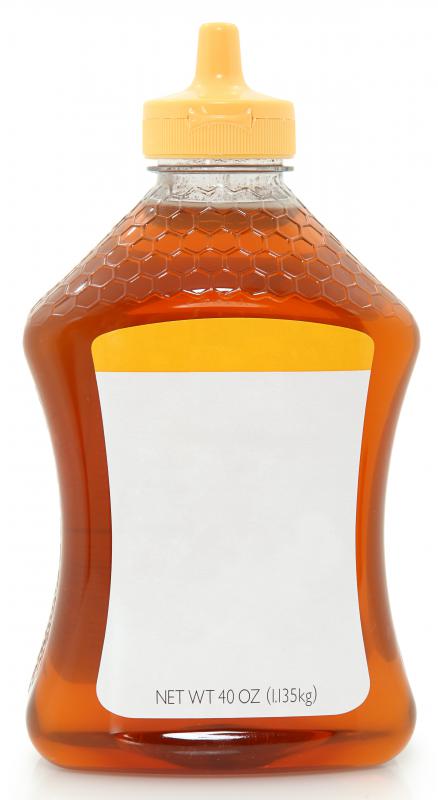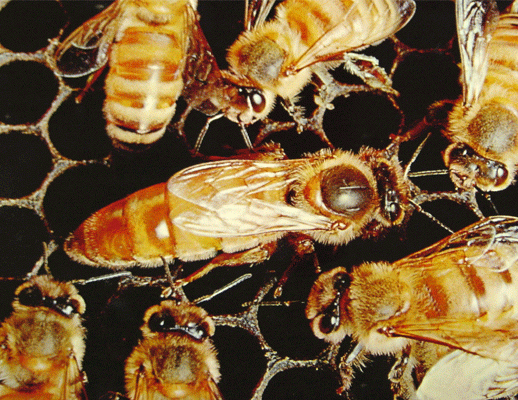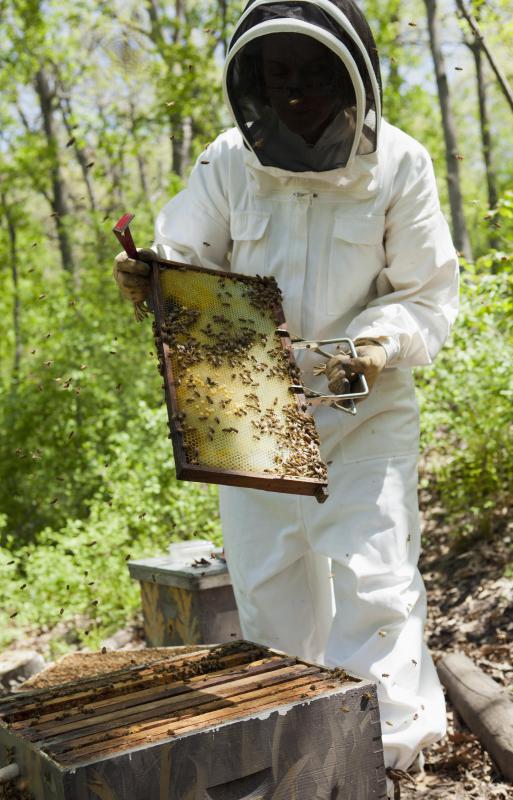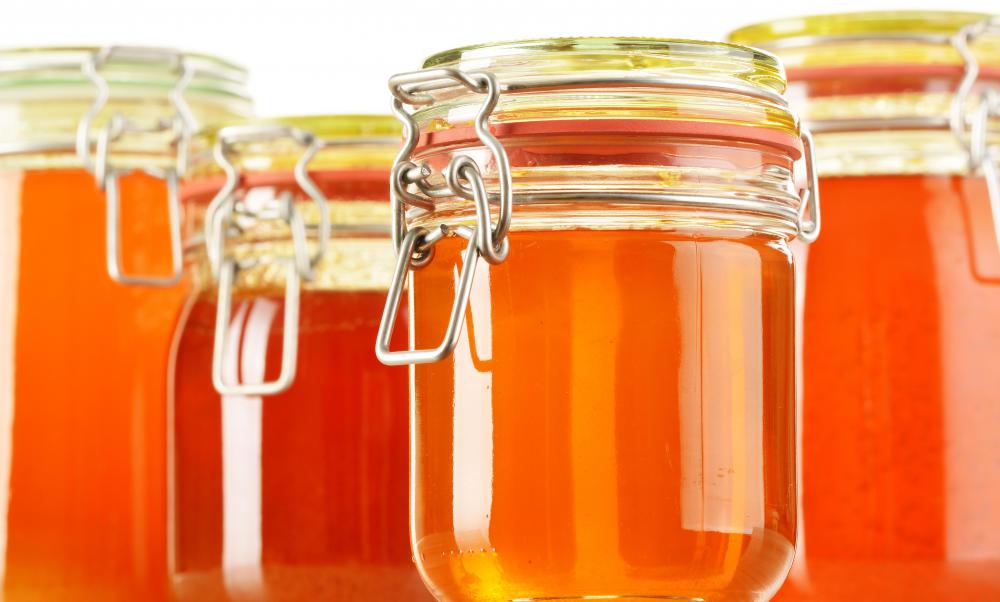At PracticalAdultInsights, we're committed to delivering accurate, trustworthy information. Our expert-authored content is rigorously fact-checked and sourced from credible authorities. Discover how we uphold the highest standards in providing you with reliable knowledge.
What does a Beekeeper do?
A beekeeper manages colonies of bees in order to harvest their honey. His job includes caring for the bees and maintaining and monitoring their hives to promote optimal honey production. Once the honey is ready to be harvested, the keeper removes it from the hives and processes it for consumption. When honey production has ceased, he prepares his hives for winter.
Each spring, the beekeeper must ready his bees for the upcoming honey-producing months. Whether he is introducing newly bought packages of bees to empty hives or working with pre-existing colonies, he must ensure that the insects are free of parasites and that the queen is capable of producing eggs. During this time, he usually medicates his bees to prevent disease. He may also have to feed the bees with sugar and water until they can begin collecting pollen and nectar and producing their own food.

Once summer is under way, the beekeeper must maintain his hives and remove honey as it becomes ready. Bees must have adequate space in their hives to function healthfully. Therefore, as honey production accelerates, the keeper may have to add additional supers — boxes that contain combs into which the bees can deposit their honey — to his hives.
The beekeeper begins his honey harvest by pulling filled supers from his hives. Because this involves close contact with the bees, the keeper usually relies on several protective devices to prevent stings. He often wears a veil as well as a protective suit and gloves to shield his head and body. In addition, he may utilize a smoker, a device that releases light puffs of smoke which work to calm agitated bees.

After the honey-filled supers have been removed and the bees brushed from their surfaces, the keeper removes the wax coverings from the super’s combs and extracts the honey within them. This can be done by hand or with the help of a mechanical extractor. Next the honey must be purified. Usually, the beekeeper conducts an initial straining and then lets the honey sit, allowing impurities to rise to its surface and then skimming them away. Finally, the honey is jarred and, in some cases, sold.

When the honey harvest has ended, the beekeeper must decide if he wants to maintain his colonies during the winter months. If he does not, he may opt to exterminate his bees. A keeper who preserves his bees must take steps to prepare them for the oncoming cold. He will usually medicate the bees and check that the queen is still healthy. In addition, he must equip his hives with enough food to sustain them during their nonproductive months.
Lastly, the beekeeper must ensure that his hives can withstand the oncoming cold. He may simply move them to an indoor space. In other cases, he may insulate and wrap each hive to keep his bees warm until spring.
AS FEATURED ON:
AS FEATURED ON:















Discuss this Article
Post your comments